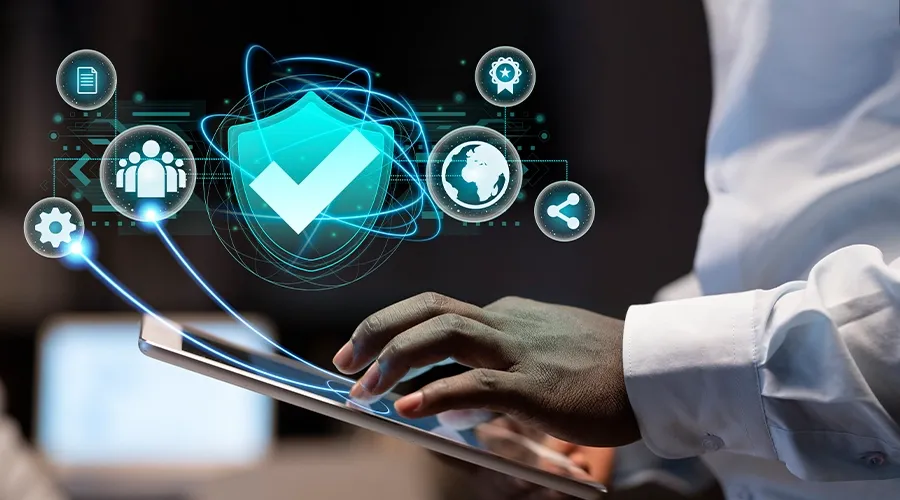Why Multi-Factor Authentication (MFA) is Essential for Online Security
As the use of digital platforms and software grows, the need for more robust cybersecurity measures also increases. The need to safeguard our identities both online and offline is more than ever as our lives grow more intertwined. There is a clear need for strong authentication technologies for everything from opening doors at offices to logging into online banking accounts and using secure government services. Consider multi-factor authentication (MFA) as an additional security measure, akin to locking your front door with a deadbolt and a keypad. MFA is a simple and efficient method to prevent hackers from accessing your password, even if they are able to do so.
What is multi-factor authentication?
A security solution called multi-factor authentication (MFA) requires several forms of identification before allowing access to an account or application. It aims to improve security by prompting users to authenticate themselves using multiple techniques, thereby reducing the likelihood of unwanted access. According to Microsoft research and guidelines from the Cybersecurity and Infrastructure Agency (CISA), implementing multi-factor authentication (MFA) can stop 99 percent of automated hacking attacks. The following elements are usually combined in MFA:
Something you know: Usually, this is a PIN or password
Something you have: This might be a hardware token, smartphone, or other tangible gadget.
Something you are: A fingerprint, face, or voice recognition is example of biometric verification used in this process.
The combination of these elements makes it more difficult for attackers to obtain sensitive data without authorization since MFA guarantees that even if one factor becomes compromised, the others will still be intact.
Why Does MFA Matter?
To enable MFA, you must slightly modify your login procedure:
Put in your password and username. If it's accurate, you use a second method to confirm your identity. This second stage may entail the following, depending on the account or service:
- An email or text message is delivered with a one-time code.
- A notice on an authentication app that resembles Google Authenticator.
- A biometric scan, such as a facial recognition or fingerprint scan.
- An actual security key.
The majority of MFA systems are smooth and fast, nearly doubling your security while increasing your login time by five to thirty seconds.
Benefits of Multi-Factor Authentication
Through layered protection, multi-factor authentication (MFA) improves security by making sure that an attacker cannot access data even if one factor, like a password, is stolen. By demanding further authentication, like biometrics or one-time codes, it drastically lowers the danger of phishing attempts.
Adaptive authentication improves the user experience by prompting for additional verification only when the risk level is high. When integrated with Single Sign-On (SSO), MFA streamlines access management, allowing for secure and convenient logins across a variety of platforms.
Additionally, MFA thwarts brute force attacks by blocking repeated login attempts, making unauthorized access nearly impossible. Together, these features create a robust, user-friendly security framework.
Including multi-factor authentication in your cybersecurity strategy can make your business more resilient and less vulnerable to data breaches, which will lower the risk of fines from the government and harm to your company's reputation.
In short, any organization's cybersecurity strategy should include multifactor authentication (MFA). Because of the added security, MFA can help you avoid phishing attempts. It also helps comply with legal standards. It is an essential security solution for both homes and businesses due to its benefits, which include improved protection against phishing, identity theft, and credential stuffing.
Your data is valuable, and MFA makes it even more secure. This simple tool provides a strong security layer that can thwart hackers. Instead of waiting for a hacker to teach you a lesson the hard way, take action now. Enable multi-factor authentication (MFA) on all accounts that support it, and enjoy the assurance that your online life is secure.


Comments
Post a Comment